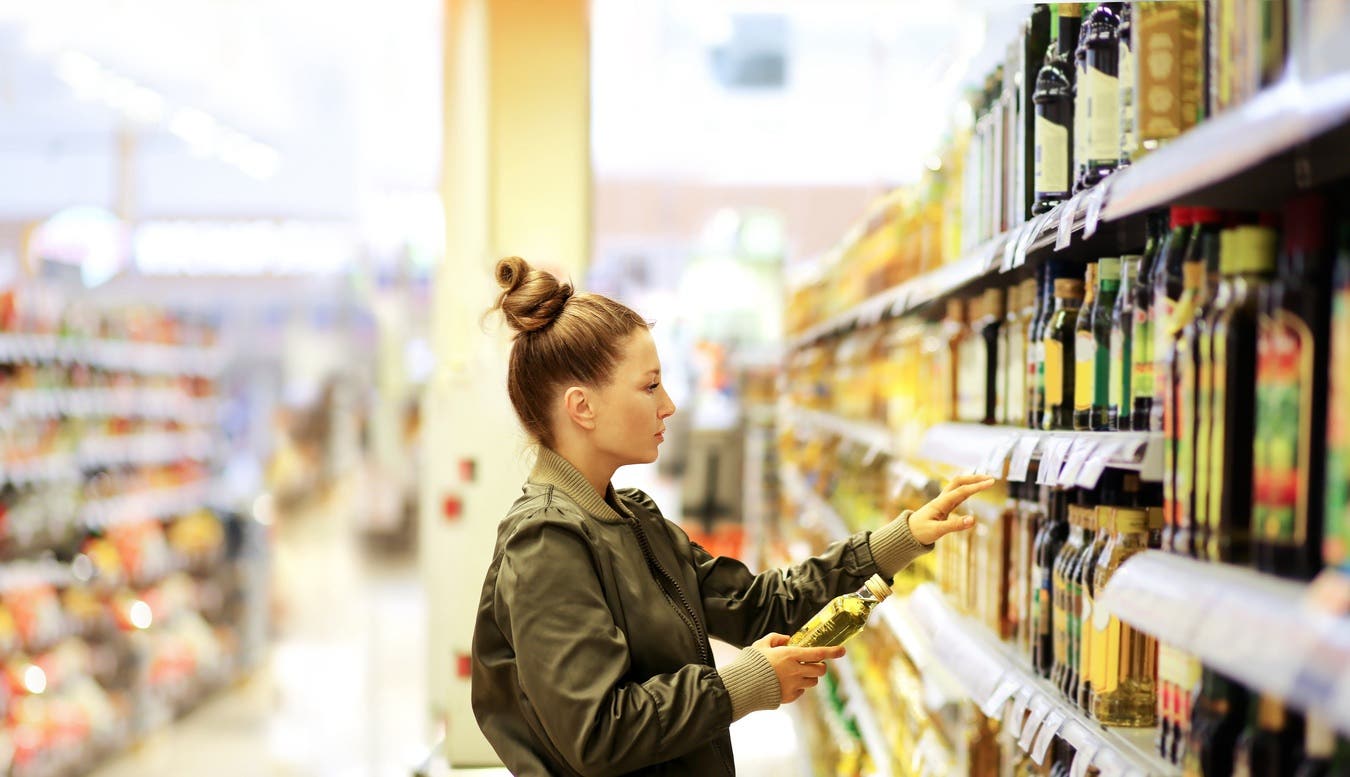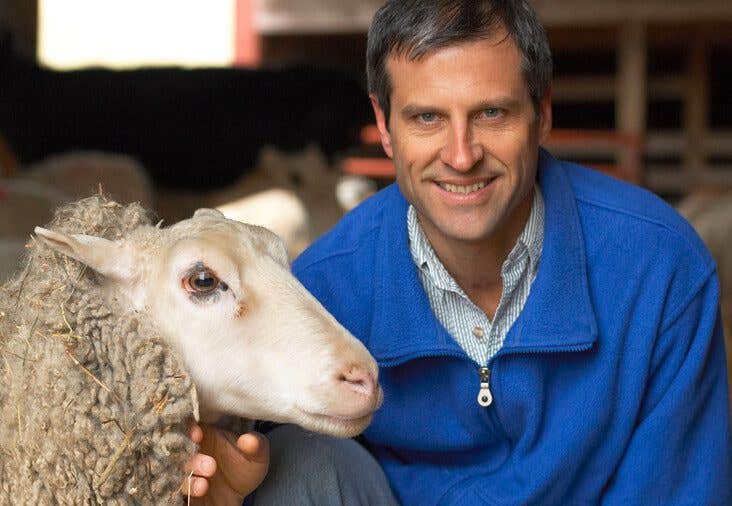When Farm Sanctuary was founded in 1986, there was little awareness of the highly destructive effects of factory farming. I wanted to see for myself what was happening, so I spent years visiting farms, stockyards, and slaughterhouses, undercover, to document the conditions at these operations. What I found was living animals discarded like garbage, thrown into trash cans or heaped onto piles of dead animals. Sick, injured, and immobile animals were left to suffer for hours, even days, without receiving food, water, or veterinary care. The abuse I witnessed was appalling. We stepped in to rescue these individuals, and Farm Sanctuary’s vital shelter work began.
Unfortunately, these alarming conditions are the norm on factory farms. That’s why rescuing animals from abuse remains a critical part of Farm Sanctuary’s mission — it transforms their lives, and ours. Our sanctuaries model a humane and truly caring relationship with these sensitive and intelligent animals. Individuals who had known only cruelty at human hands become our cherished friends.
Hilda, a sheep, was our first rescue. She was found discarded on a “dead pile” behind a stockyard, covered in feces and maggots. We brought Hilda to Farm Sanctuary, where she healed and lived in comfort with us for more than 10 years. Hilda and the thousands of animals who came to Farm Sanctuary after her are animal ambassadors who represent the millions who will never see the sun or lie in a grassy pasture.
Animals exploited for meat, milk, and eggs are treated as commodities, not as living, feeling beings. They are packed by the thousands in windowless warehouses, unable to engage in the most basic behaviors that are natural to their species. Millions of these individuals are confined in restrictive cages and crates where they cannot walk, turn around, or stretch their limbs. Their muscles can deteriorate to the point that they have difficulty standing; their bones become frail and break. Factory farming conditions are so harsh that hundreds of millions of farm animals die every year before even reaching the slaughterhouse. Countless others are injured, sick, and diseased, but they are still trucked off to slaughter to enter the food supply. Incredibly, the U.S. Department of Agriculture (USDA) explicitly allows diseased animals to be used for human food.
Raising animals by the billions and subjecting them to stressful, overcrowded conditions is not only cruel, it creates an environment ripe for disease and infection. This situation has prompted the excessive and irresponsible use of antibiotics by agribusiness. Antibiotics keep the animals alive and growing rapidly, but their use has led to the development of antibiotic-resistant bacteria that threaten human health. The list of antibiotic-resistant pathogens grows steadily and includes Salmonella, E. coli, and Staph (Staphylococcus aureus) and its MRSA (multi-drug resistant Staphylococcus aureus) strain, all of which can cause serious illness, difficult-to-treat infection, and even death in humans.
Factory farms generate enormous quantities of waste materials — much too much for our environment to absorb. The EPA, for example, reports that the waste generated by hogs, chickens, and cattle has polluted more than 35,000 miles of river and has contaminated groundwater in 17 states (out the 22 states that reported animal waste figures). Water leaking from waste lagoons on factory farms is now polluting groundwater with antibiotic-resistant genes, which could impact human and ecological health.
Animal agriculture squanders our increasingly scarce resources. According to a report by the United Nations entitled Livestock’s Long Shadow, animal agriculture is among the two or three most significant contributors to our most serious environmental problems, including deforestation, land degradation, water and air pollution, climate change, and reduction of biodiversity at every scale from local to global.
Growing plant foods for human consumption is far more efficient than growing plants to feed to animals who are exploited for meat, milk, and eggs. Switching to plant-based agriculture would significantly lighten our ecological footprint, helping to save rainforests and other valuable ecosystems. It would also greatly decrease agriculture’s demand for land, water, and fossil fuel resources.
Public awareness of the cruelty and environmental harm caused by factory farming is growing, and more and more people are seeking to live and eat in a way that is aligned with their own values and best interests. We are recognizing that our food choices have profound consequences on ourselves, our world, and on other living, feeling creatures. Although most people continue to unwittingly support factory farming, our nation’s growing awareness is inspiring a movement away from industrialized animal agriculture and towards more local, plant-based food systems. The number of farmers markets in the U.S. has more than doubled in the past decade. We are seeing a sharp increase in community-supported agriculture systems (CSAs), where communities pledge to support local farms through memberships or subscriptions. Restaurants are offering more vegan options and are working with farmers to provide fresh, organic produce for their customers.
A shift in our relationship to our environment and fellow creatures is happening – and although it’s very much in its infancy, I am optimistic. Each one of us holds more power and influence than we realize. The food choices we make every day can help to create a better world – bringing us closer to living healthier lives, healing our environment, and respecting the lives of our fellow creatures.
~ Gene Baur, president & co-founder, Farm Sanctuary

Related News
Get Our Best Price On The Forks Meal Planner

Forks Meal Planner takes the guess work out of making nutritious meals the whole family will enjoy.
SAVE $200 ON OUR ULTIMATE COURSE

Join our best-selling course at a new lower price!


